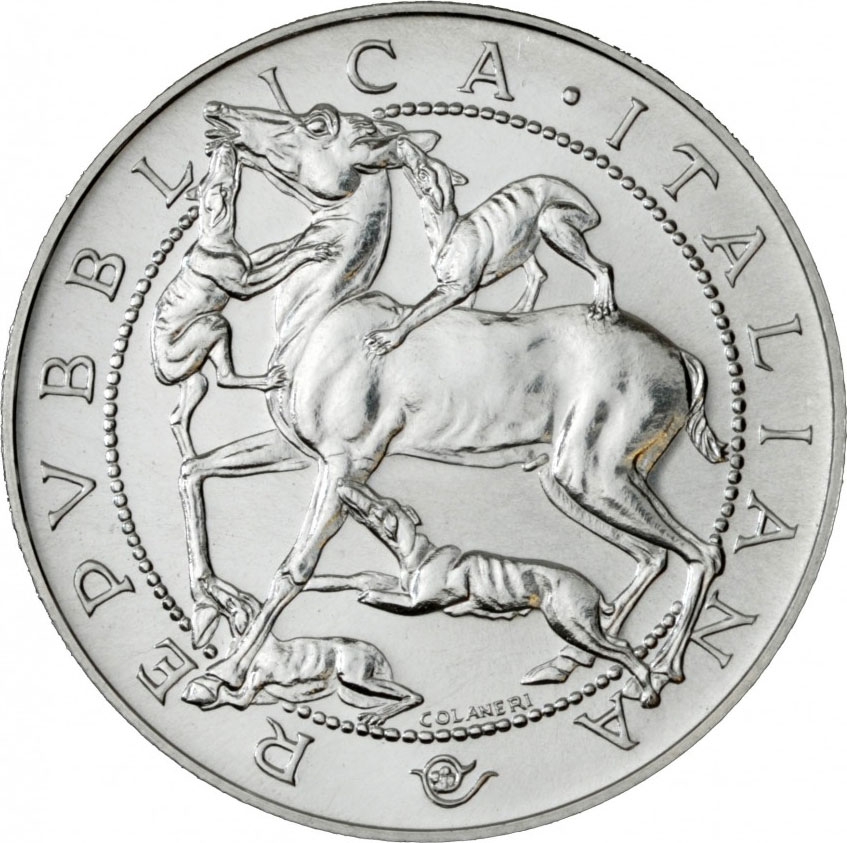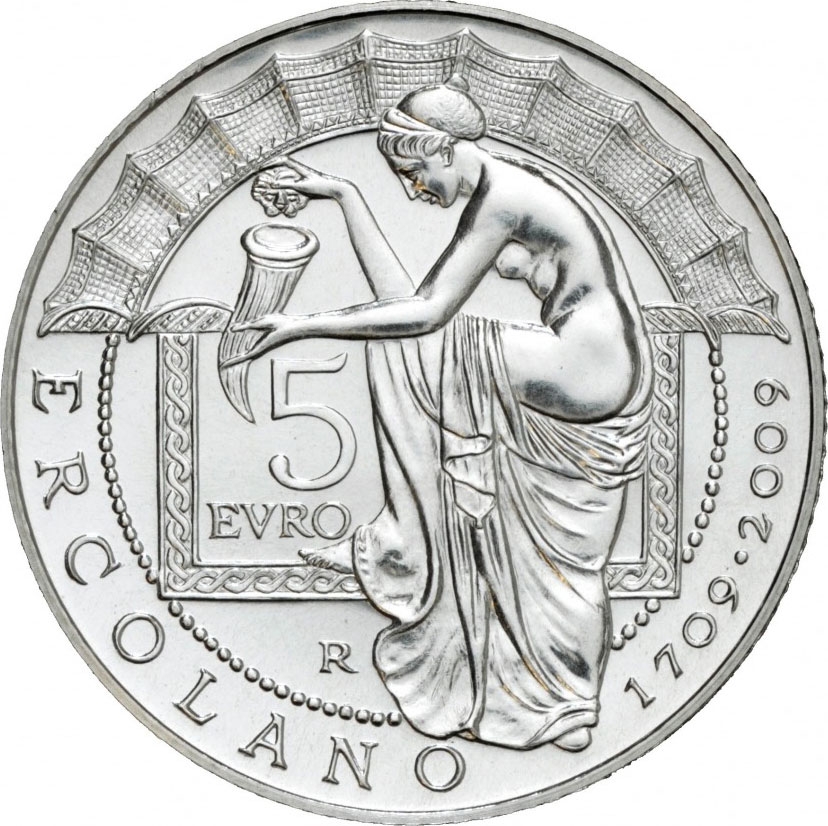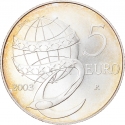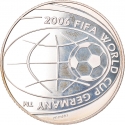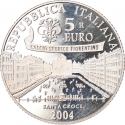You are about to finish your registration. Please check your mailbox (including spam folder). There should be a letter with a confirmation link. Check setting to make sure that your e-mail address is correct.
Send letter againDescription
Herculaneum (Italian: Ercolano) was an ancient town, located in the modern-day comune of Ercolano, Campania, Italy. Herculaneum was buried under volcanic ash and pumice in the eruption of Mount Vesuvius in AD 79.
Like the nearby city of Pompeii, Herculaneum is famous as one of the few ancient cities to be preserved nearly intact, as the ash that blanketed the town protected it against looting and elements. Although less known than Pompeii today, it was the first, and the only discovered buried Vesuvian city (in 1709) for a long time. Pompeii was revealed only in 1748 and identified in 1763. Unlike Pompeii, the mainly pyroclastic material that covered Herculaneum carbonized and preserved more wood in objects such as roofs, beds, and doors, as well as other organic-based materials such as food and papyrus.
According to the traditional tale, the city was rediscovered by chance in 1709, during the drilling of a well. Remnants of the city, however, were already found during earlier earthworks. In the years following the site's uncovering, treasure seekers excavated tunnels and stole artefacts. Regular excavations commenced in 1738 and have continued irregularly since. Only a fraction of the ancient site has been excavated as of today. Budget restrictions shifted the focus to preserving the already-excavated portions of the city rather than ungrounding more sections.
Artist: Maria Carmela Colaneri
Obverse

|
Depicts a sculptural group (a doe attacked by a pack of dogs) that decorates the garden of the Casa dei Cervi (House of the Deer) at Herculaneum; at the base the author's name. At the base the name of the engraver, and the country name above. REPVBBLICA · ITALIANA |
|---|---|
Reverse

|
Depicts a nymph who draws water from a fountain with a horn, as taken from a neo-Attic marble relief found in a residential building in Herculaneum. Above, a detail of the mosaic of the House of Neptune and Amphitrite. In the centre, left of the nymph, the value, with a mintmark below. 5 |
| Edge |
Related coins
2006 Football (Soccer) World Cup in Germany
